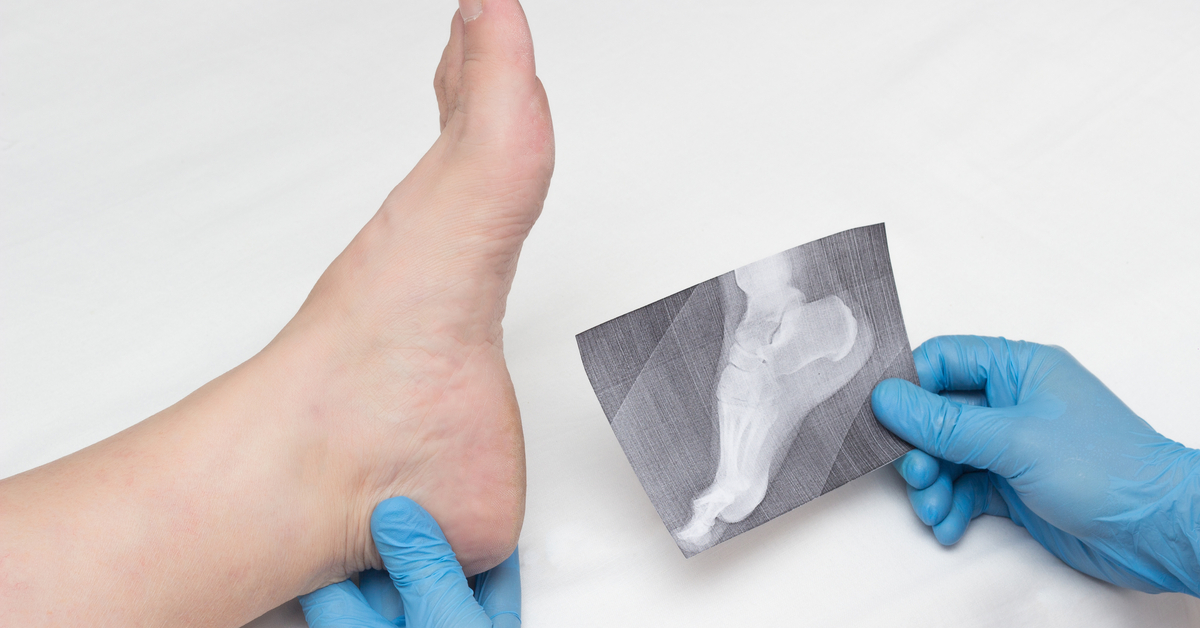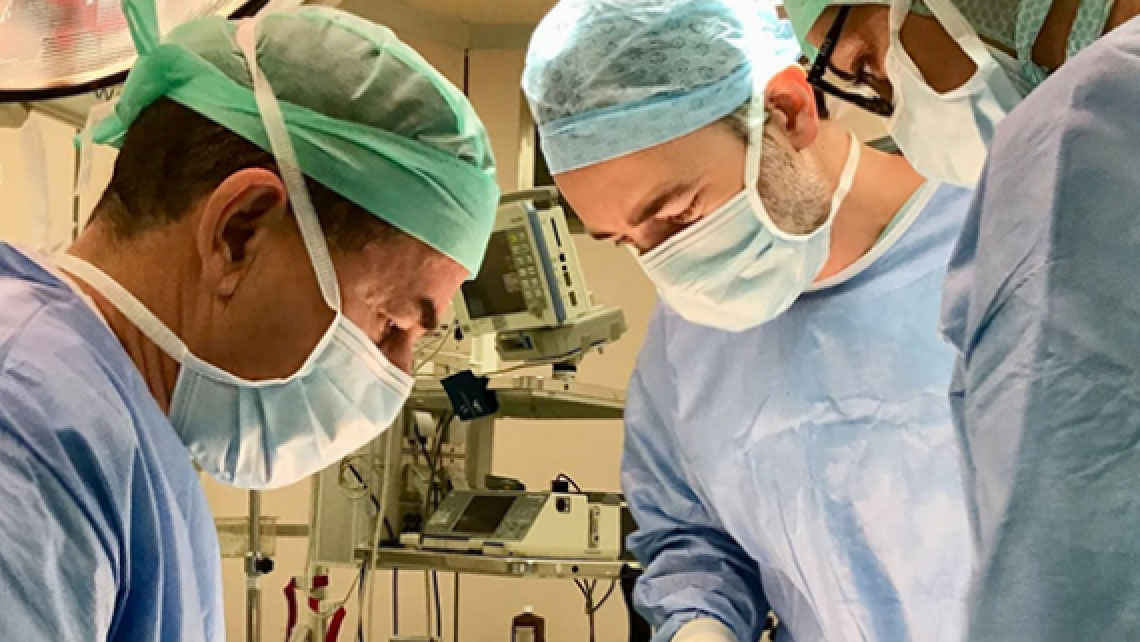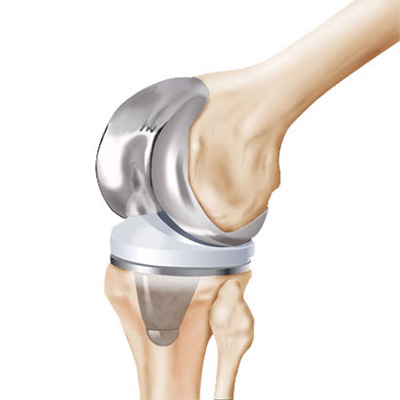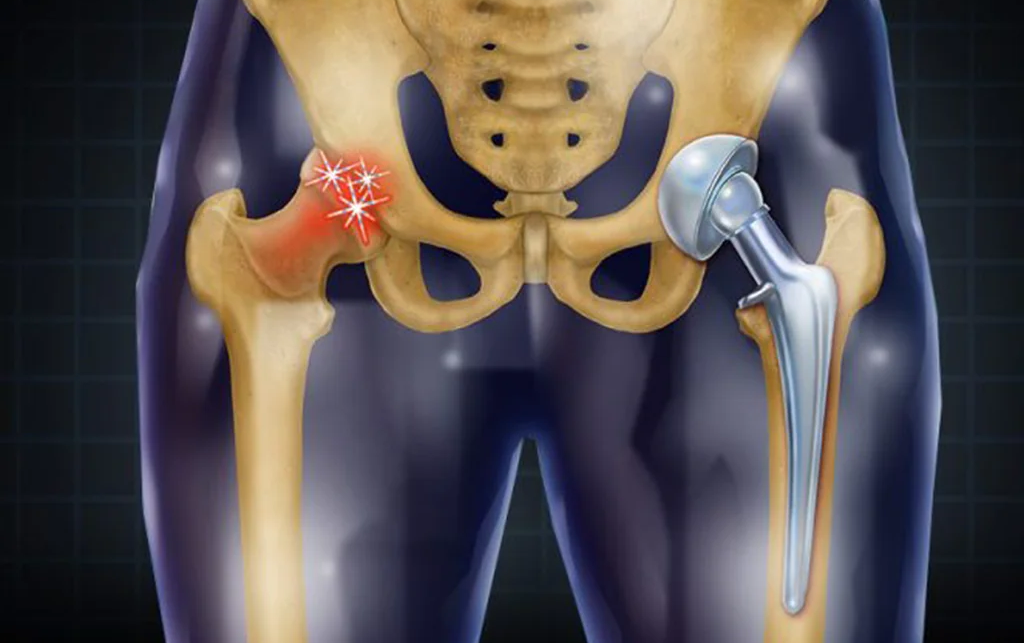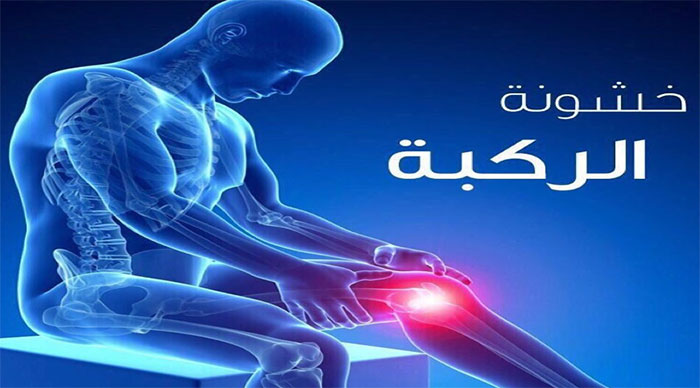Learn about sciatica treatment and its causes
Sciatica is considered one of the most famous nerve diseases that often occur as a side effect of health problems in the spine, such as the herniated disk, which infects the sciatic nerve with inflammation and sciatica occurs, and in the following article, we give you more details about what sciatica is, its causes and treatment.
What is sciatica causes and treatment?
Sciatica is considered one of the common nerve diseases that usually occur as a result of inflammation that affects sciatica, and the pain of the disease starts from the end of the spine and is in a path that reaches the foot and its extremities, and this is because the sciatic nerve affected by the inflammation is the longest among the nerves of the body.
Sciatica causes many painful symptoms for the affected person, including difficulty in bending the body or moving the leg normally and limits the range of motion, which causes discomfort to the patient, in addition, the patient feels a burning pain in the affected part that may last for a while and then begin to decrease.
What are the causes of sciatica?
A person can suffer from sciatica pain for several reasons, and often sciatica is not a side effect of other diseases, the most important of which is a herniated disc, and the effects of sciatica can disappear within several days with adherence to the appropriate treatment.
Here are some of the main causes of sciatica:
- Lifestyle: A person’s daily life that relies on sitting for long periods in uncomfortable positions can affect the work of excessive pressure on the nerves of the spinal cord, which leads to an increase in pain.
- Herniated disc disease: It can be one of the most famous diseases that affect sciatica because moving the vertebrae from their position puts pressure on the nerve and causes inflammation.
- Spinal Injuries: A tear, multiples, and other injuries to the spine can lead to sciatica pain.
- Spondylolisthesis: It is erosion or damage to the vertebrae of the back that occurs mostly as a result of aging, which affects the nerves of the spinal cord with severe inflammation, including the sciatic nerve.
- Piriformis disease: the pear muscle is located near the sciatic nerve in the upper part of the hip, and a muscle disorder occurs that affects the adjacent nerves, which affects the movement and walking of the injured person.
- Cauda equina syndrome: This disease affects the last part of the spinal cord nerves that reach the bladder and causes sciatica and may lead to difficulty controlling the bladder.
The previous causes are the most common in the occurrence of sciatica, and spinal tumors can also be considered one of the causes of sciatica, but they are less common and cause narrowing of the vertebrae and pressure on the spinal cord and cause inflammation.
Signs tell you to go to the doctor quickly
Some symptoms require a referral to the doctor, which as the feeling of pain in the leg and the inability to control it, or the presence of severe numbness in the buttocks. Loss of the ability to control the bladder can also be considered a serious symptom, especially if it continues for several days.
Sciatica treatment
Sciatica shows initial signs that the doctor can diagnose during the clinical examination that he performs. There are other methods that the doctor uses to diagnose the patient’s condition, including:
- X-rays show damage to the injured leg.
- Magnetic resonance imaging, which shows nerve damage.
Methods of treating sciatica
Sciatica can be treated and the pain that results from it can be eliminated, and more than one treatment procedure can be used through which the patient can reach recovery, and the methods are:
- Home remedies
There are some steps that the person follows and reduce the severity of the pain, including the use of cold water compresses, which work to reduce the swelling resulting from the inflammation and work to relieve the pain in the nerve and get a measure of rest is one of the basic things that increase the comfort of the person.
- Medication treatment
Some drugs are used in cases of sciatica and work to increase the body’s ability to bear the pain caused by inflammation and reduce the pain caused by swelling and pressure on the nerve, including paracetamol and ibuprofen.
- The physical treatment
The importance of physical therapy lies in helping the body to resist the disease and work to eliminate the pain associated with sciatica and work to increase the person’s ability to move more and there are exercises to strengthen the muscles that reduce pressure on the nerves.
- Surgeries
Surgery can be the appropriate treatment in cases of injury that occurs as a result of tumors in the spine or bony growths that cause narrowing of the spinal cord passage within the back vertebrae.
- Alternative medicine treatment
Alternative medicine treatments can be one of the treatment methods that are used to reduce pain and relieve pressure on the inflamed sciatic nerve, which makes the person able to return to practicing his life normally, and alternative medical treatments include manual therapy and acupuncture.
How can sciatica be treated?
Several treatment methods help treat sciatica and limit the increase in its symptoms and the number of seizures that a person is exposed to during the disease period. There is a good treatment method that a number of sciatica patients refer to, which is herbal treatment.
Some types of herbs used in the treatment of sciatica:
- Nutmeg: Nutmeg can be used as a treatment that reduces pain and gives the person more comfort in movement.
- Turmeric: Turmeric can reduce a person’s pain and inflammation caused by pressure on the sciatic nerve responsible for sciatica pain.
- Indian aloe vera: It can be considered the most popular herb in India that removes back pain, which helps relieve sciatica.
- Juniper oil: Juniper is one of the herbs that reduce pain in the affected part, and the affected part can be massaged.
- Chamomile: Chamomile can reduce pain and reduce symptoms of sciatic nerve inflammation that results in sciatica.
Massage therapy for sciatica
Massage therapy has more than one benefit, which helps the person to get away from the pain caused by sciatica, relaxes the body, and stimulates blood circulation, which helps speed up the recovery process from inflammation of the sciatic nerve.
Some types of sciatica massage:
- Muscular fascia massage: Massage or massage can help relieve pressure on the muscle fascia, which treats the stiffness that largely results in muscle pain.
- Hot stone massage: There is a type of massage based on promoting muscle relaxation and working to reduce tension and the feeling of pain in the muscles.
- Swedish massage: It is one of the most popular and widely used types of massage. It relies on a certain pressure method for nerve endings and tissues to stimulate them and promote relaxation.
- Deep Tissue Massage: Deep tissue massage is done by working with low-intensity strokes. This technique works to reduce muscle spasms and relieve the feeling of pain for sciatica.
Treatment of sciatica in the right leg
Sciatica usually affects one of the legs, and it can affect both in rare cases, and symptoms of sciatica appear on the right leg as follows:
- There is constant pain in the leg and a feeling of weakness in it.
- The pain worsens over time and may become chronic.
- Difficulty controlling the bladder.
Methods of treating sciatica in the right leg can be through therapeutic medications and analgesics, and also physiotherapy and exercise can be used to strengthen the muscles and relieve spasms, which reduces the feeling of pain.
Treatment of sciatica in the left leg
Some symptoms reveal to you that the left leg is affected by sciatica, including:
- There is a pain in the back of the back that extends to the leg.
- The pain in the left leg is like a needle prick or burning.
- As a result of the presence of pain and weakness in the muscles of the leg may limit the movement of the person.
Sciatica in the left foot can be treated as follows:
- Medicines: There are specific types of drugs for sciatica, which work to relieve muscle spasms, relieve pain, and increase the person’s feeling of comfort and ability to control the foot.
- Home treatment: A sciatica patient in the left leg can use hot water compresses that enhance blood circulation in the affected part.
- Physical therapy: There is more than one method of physical therapy, including doing yoga exercises, massages, and sports that strengthen the leg muscles and limit the increase in pain.
Frequently questions about sciatica
Does walking help treat sciatica?
Walking is of great importance in treating or relieving the symptoms of sciatica because this disease is one of the causes of sitting for a long time, so walking helps to treat sciatica, and it must be regular, and a break can be taken when feeling severe pain in the leg.
Is sleep useful for sciatica?
Sleeping can be one of the factors that help sciatica patients feel comfortable and relieve the pain they feel, by sleeping on the opposite side of the affected part and placing a small pillow between the waist and the bed.
Also, the position of the fetus may increase the person’s ability to cope with sciatica pain during treatment, and the patient can also lie on the back and raise the knee a little by placing a pillow that reduces the load on the back vertebrae.
Is olive oil useful in the treatment of sciatica?
Olive oil is an anti-inflammatory oil that helps relieve swelling caused by inflammation and reduce the heat in the affected part, and olive oil can also help reduce sciatica pain.
Does hot water treat sciatica?
Hot water has an important role in treating infections in general, and hot water compresses used on the lower back – the site of sciatica pain – can help stimulate blood circulation and reduce inflammation in the nerves.
Does cold water treat sciatica?
Some people wonder if ice is useful for sciatica? And the answer came from the doctors in the affirmative because the compresses of cold water or ice work mainly to reduce the feeling of pain and reduce the swelling that affects the nerve and helps the patient to move the injured leg naturally.

